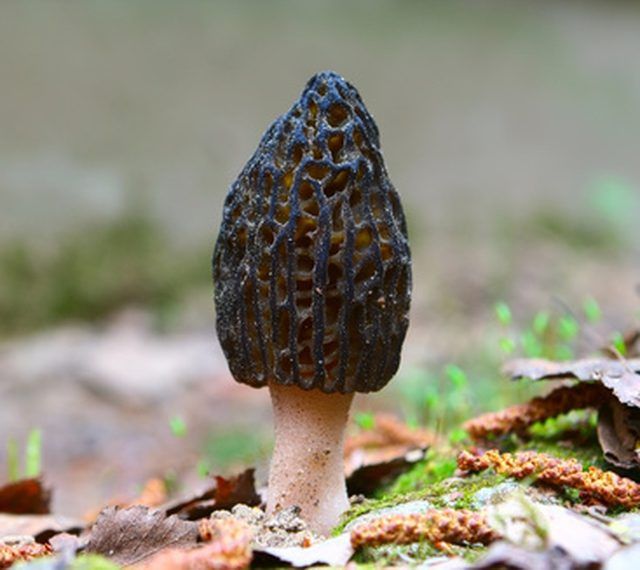Bulbs
Flower Basics
Flower Beds & Specialty Gardens
Flower Garden
Garden Furniture
Garden Gnomes
Garden Seeds
Garden Sheds
Garden Statues
Garden Tools & Supplies
Gardening Basics
Green & Organic
Groundcovers & Vines
Growing Annuals
Growing Basil
Growing Beans
Growing Berries
Growing Blueberries
Growing Cactus
Growing Corn
Growing Cotton
Growing Edibles
Growing Flowers
Growing Garlic
Growing Grapes
Growing Grass
Growing Herbs
Growing Jasmine
Growing Mint
Growing Mushrooms
Orchids
Growing Peanuts
Growing Perennials
Growing Plants
Growing Rosemary
Growing Roses
Growing Strawberries
Growing Sunflowers
Growing Thyme
Growing Tomatoes
Growing Tulips
Growing Vegetables
Herb Basics
Herb Garden
Indoor Growing
Landscaping Basics
Landscaping Patios
Landscaping Plants
Landscaping Shrubs
Landscaping Trees
Landscaping Walks & Pathways
Lawn Basics
Lawn Maintenance
Lawn Mowers
Lawn Ornaments
Lawn Planting
Lawn Tools
Outdoor Growing
Overall Landscape Planning
Pests, Weeds & Problems
Plant Basics
Rock Garden
Rose Garden
Shrubs
Soil
Specialty Gardens
Trees
Vegetable Garden
Yard Maintenance
What Are the Growing Regions and Locations for Morel Mushrooms?
What Are the Growing Regions and Locations for Morel Mushrooms?. Commercial mushroom producers have been unable to produce a commercial morel crop, so individuals must hunt morels themselves in specific growing regions. Although morel mushroom hunting can be difficult, because the morels are difficult to see in the landscape, there are specific...

Commercial mushroom producers have been unable to produce a commercial morel crop, so individuals must hunt morels themselves in specific growing regions. Although morel mushroom hunting can be difficult, because the morels are difficult to see in the landscape, there are specific areas and requirements for morel growth.
General Location Characteristics
Although they require moist areas, the soil still should be well-drained, because morels do not like standing water. In these locations, many types of other mushrooms may be growing, signaling the existence of morels in the area. They are usually found on south-facing hills throughout the Midwest.
Trees & Forests
Moist areas around dead or dying trees, such as elm, sycamore, and ash trees, or in former apple orchards, are locations where morel mushrooms can be found. Because morel mushrooms use the minerals from tree roots, they require dead or dying trees and plants to thrive. Areas that were recently burned or logged are common locations. Dead trees are necessary for morel mushrooms to grow and thrive.
Specific Morels
In Oregon, blond-colored morels can be found on the western slopes of the Rocky Mountains, and they are some of the most sought in the United States, because they have exceptional flavor and a long shelf life. Spread throughout the Midwest, small gray, white, and yellow morels can be found. Black morels are located near ash, aspen, pine and poplar trees. Eastern cottonwood trees can also signify black morels. Dead elm trees produce white, yellow, and gray morels. Poplars and aspen trees produce black morels early in the season in northern Michigan. Black, gray, white, and yellow morels can be plentiful near white ash trees. Yellow morels are found in former apple orchards. Fire morels also grow in the Pacific Northwest in areas that have been burned by forest fires.
Wind and Trails
If a patch of morels is found, the direction the wind is blowing has an effect on where more can be found. Because mushroom growth is spread by spores, the wind picks up the spores and spreads them in the direction of the wind. Also, if there is sustenance for the morels on the sides of trails, this may be a great place to find them. As hunters pick morels, as long as they are not placed in plastic bags, the morels will release spores along the trail. If dead and dying trees or other vegetation exist along the trail, morels will grow there.
Season
The morel season starts in the spring, when ground and air temperatures begin to warm and the snow turns to rain. In the Pacific Northwest, morel season begins in late March, but in higher elevations, the season begins in August. In the Midwest, because the climate is much milder, morel season begins at the beginning of spring from March through May.